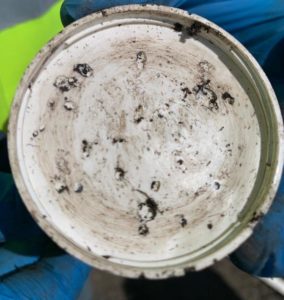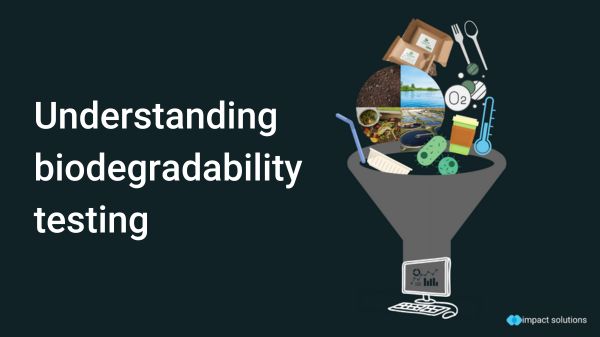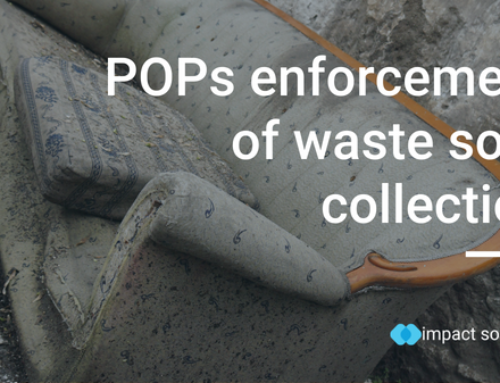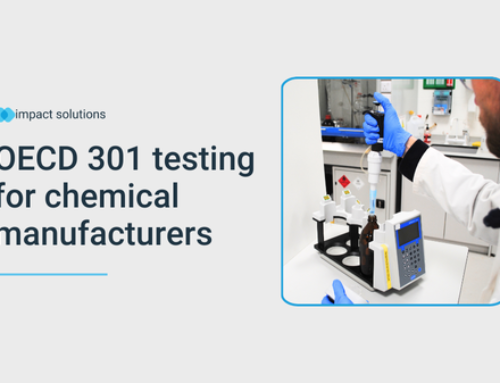Biodegradability testing holds immense significance in various industries, including pharmaceuticals, cosmetics, agriculture, and packaging. By assessing the biodegradability of diverse substances, ranging from chemicals to consumer products, stakeholders can make informed decisions regarding product design, material selection, and disposal methods. Moreover, regulatory bodies often mandate biodegradability testing to ensure compliance with environmental standards and regulations.
Biodegradability vs. Biodegradation: Clarifying the Terms
Before diving into the intricacies of biodegradability testing, it’s essential to understand the distinction between biodegradability and biodegradation. Biodegradability refers to the capability of a substance to break down naturally over time, primarily through the action of microorganisms such as bacteria, fungi, and other biological agents. On the other hand, biodegradation refers to the actual process of breakdown or decomposition of a substance by these microorganisms.
Understanding biodegradability testing – What’s invovled?
When conducting a biodegradability test, several factors come into play to provide accurate results that imitate the breaking down of your product in a real-life environment. In order for the biodegradation to occur the following must be adhered too to allow for the biodegradation process to begin.
Test Substance Selection: The substance under evaluation must be representative of the material or product being assessed. It’s essential to consider factors such as chemical composition, physical state, and intended use. (material, adhesive, additive)
Test Method: Various standardized methods are available such as OECD guidelines, ASTM standards, and ISO protocols. Choosing the appropriate method depends on factors like regulatory requirements, the nature of the substance, the anticipated end of life environment and the intended application.
Inoculum Selection: The selection of inoculum, or microbial culture, is critical as it determines the microorganisms’ ability to degrade the test substance. Typically, inoculum sources include activated sludge, soil, or compost, depending on the target environment for the substance.

Test Conditions: Maintaining suitable environmental conditions during the test is essential for microbial activity and biodegradation to occur optimally. Factors such as temperature, pH, oxygen availability, and nutrient content should be carefully controlled and monitored. Only when this is of optimum level, can the biodegradation process begin.
Monitoring and Analysis: Regular monitoring and analysis of test samples are necessary to track the progress of biodegradation. Techniques such as gas chromatography, high-performance liquid chromatography, and biochemical oxygen demand (BOD) measurement are commonly used to quantify degradation rates and metabolite formation.
To gain a deeper understanding of biodegradability testing and explore how we can assist you further, please take a moment to review our biodegradability testing services. Alternatively, feel free to reach out and speak with one of our experts for personalized guidance.





